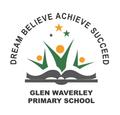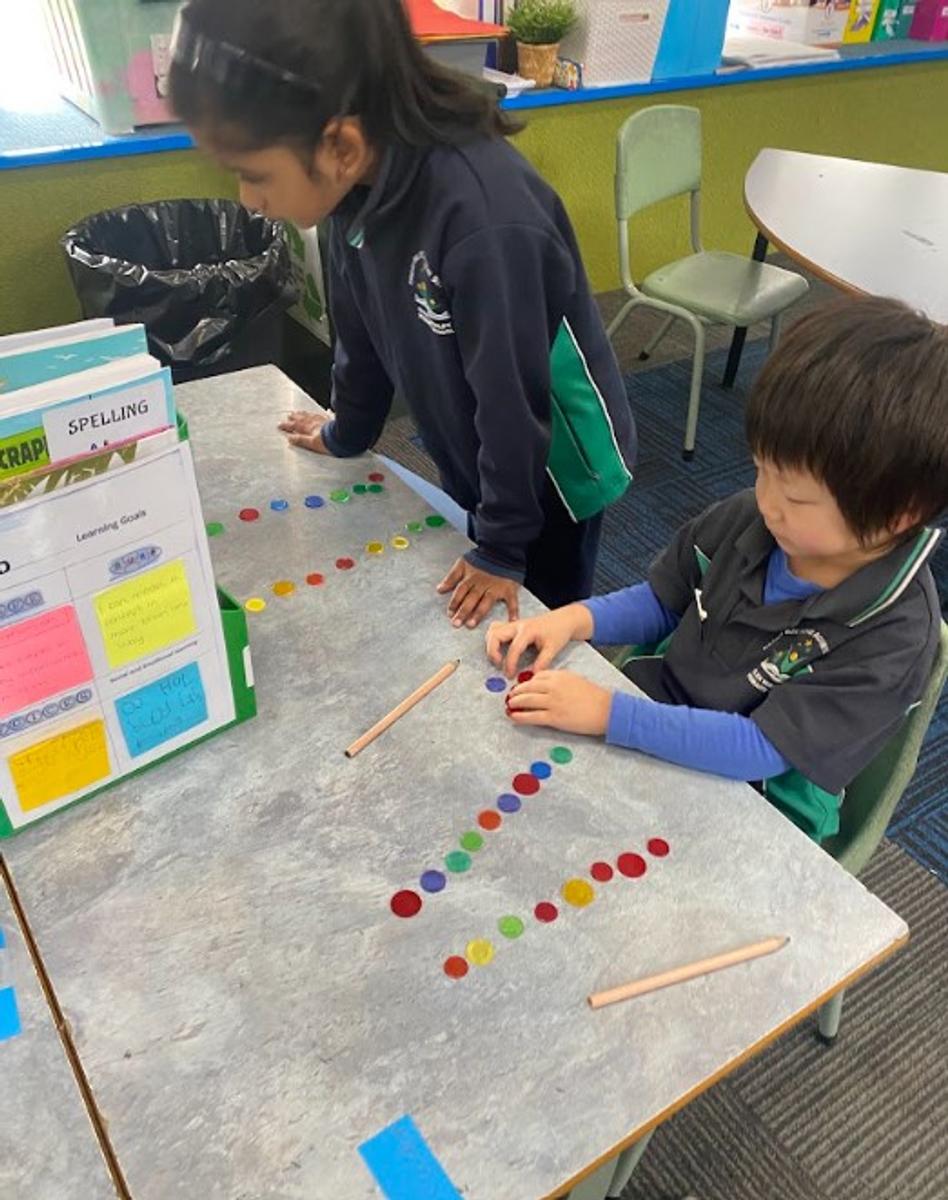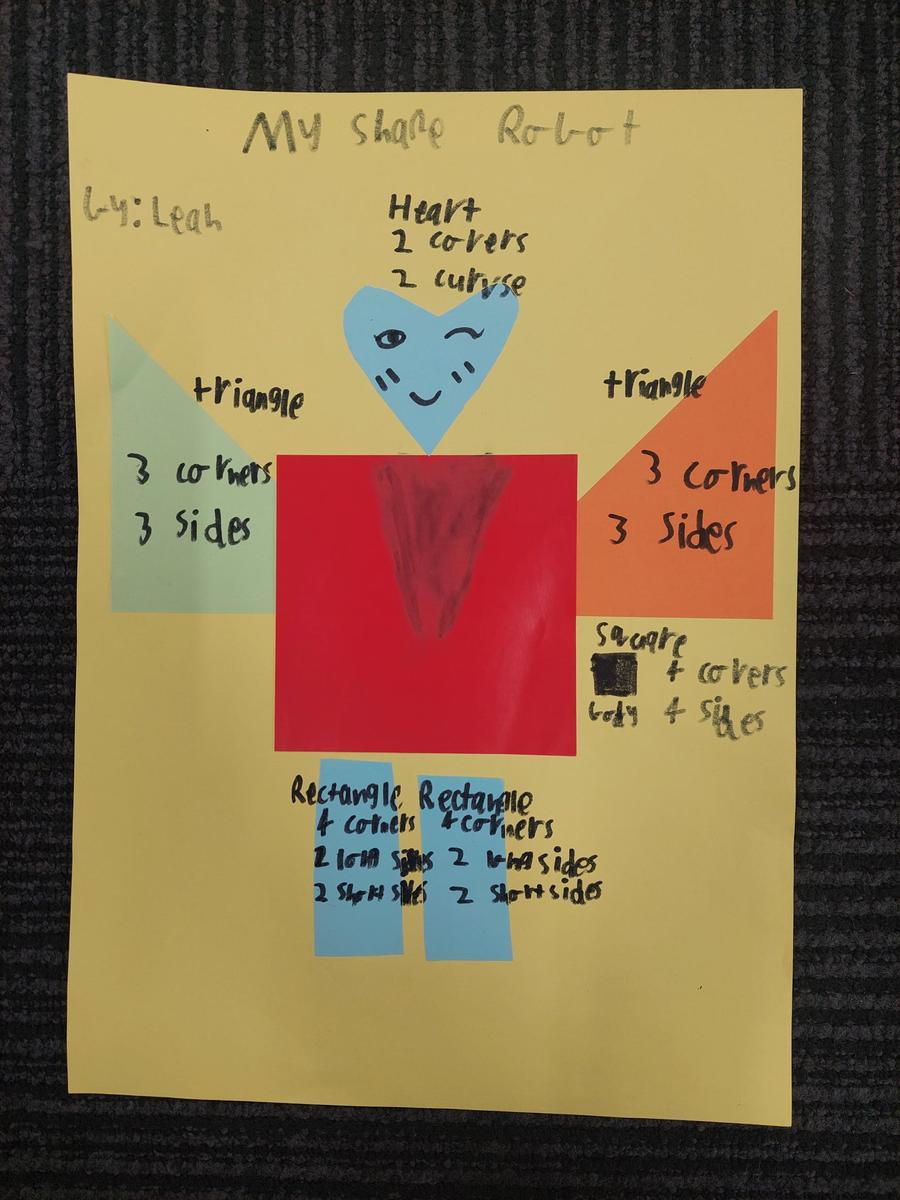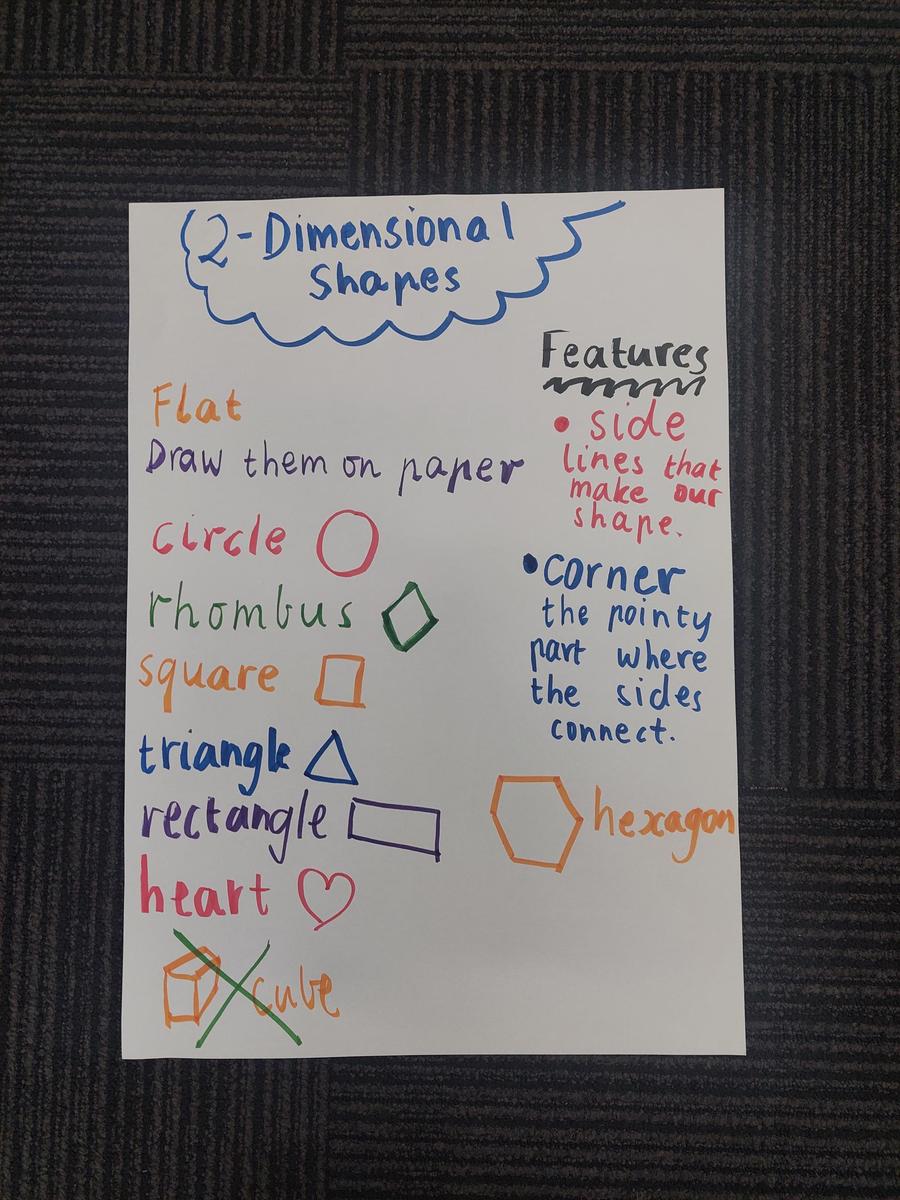Mathematics
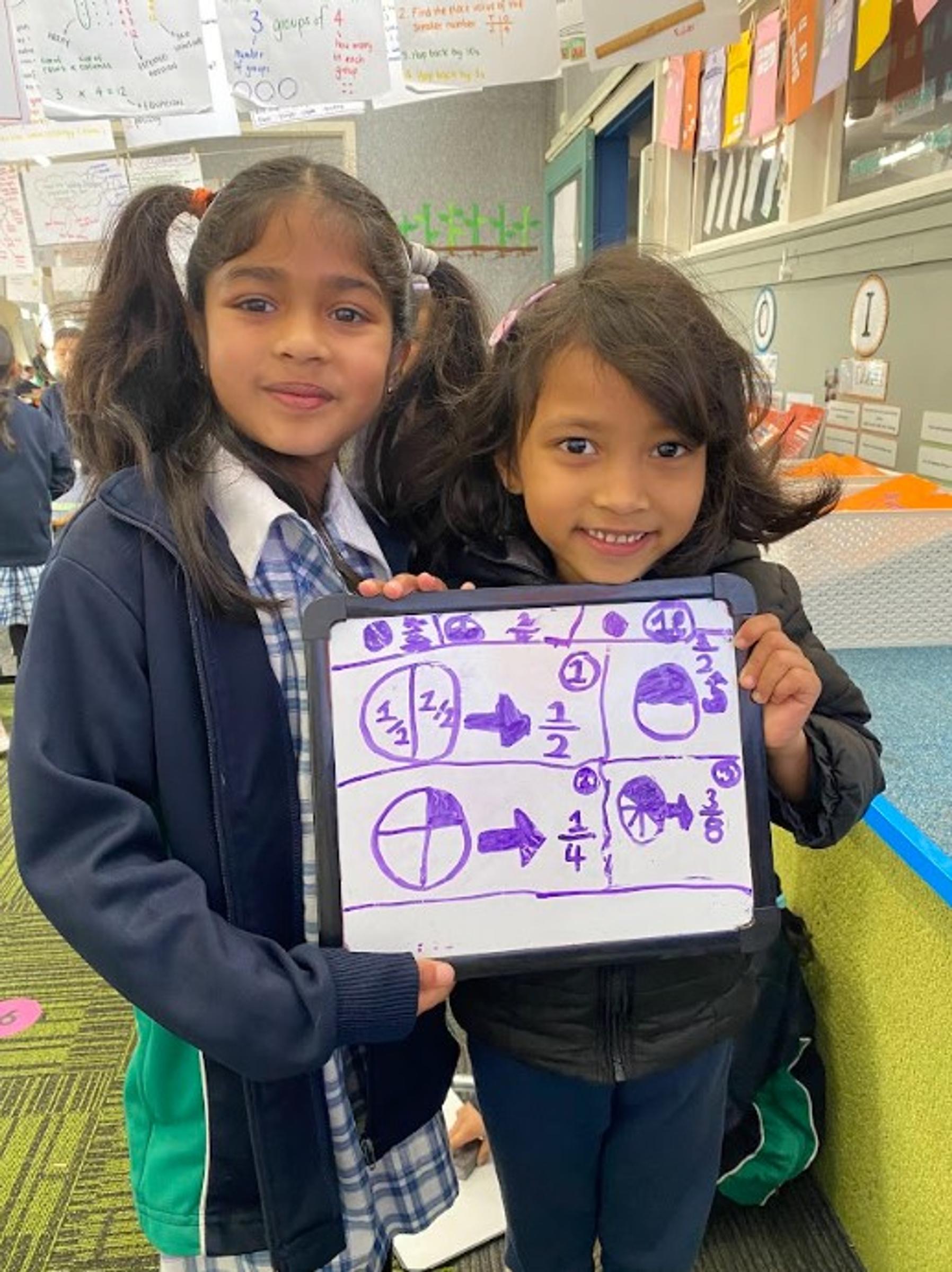
During Term Four, students will explore two-dimensional and three-dimensional shapes and their features. They will investigate the features (sides, corners, edges, faces, and vertices) of regular and irregular shapes. Through engaging tasks and hands-on experiences such as ‘shape hunts’, students will describe and construct two-dimensional and three-dimensional shapes; building their understanding of geometric properties.
Following this, students will be introduced to chance through real-life scenarios. They will develop basic skills in predicting outcomes, such as the likelihood of a coin landing on heads or tails when flipped. Additionally, they will build an understanding of the vocabulary, ‘likely,’ ‘unlikely,’ and ‘even chance’ by applying these terms to real-life situations, such as: “What is the chance that it will rain during Twilight Sports?”
Later in the term, students will investigate the concept of measurement. Thet will begin by exploring mass and volume by comparing the weight of different objects and describing them as “heavier” and “lighter”. They'll also delve into capacity, investigating the amount of liquid that can fit in different sized and shaped containers. Additionally, we will investigate time and temperature. Students will build on their learning about time from last term and align this with temperature. For example, learning to read a thermometer to identify the temperature and relating this to the season as well as changes to weather patterns. This learning will enhance our Inquiry focus, of environmental impacts.
Finally, we will revise the four operations: addition, subtraction, multiplication, and division; developing fluency and problem-solving skills. Additionally, students will explore number patterns, recognising and extending simple numerical sequences. This paves the way for introductory algebraic concepts, where they will identify relationships between numbers and solve basic equations. The engaging learning tasks will nurture students’ problem-solving abilities and critical thinking skills.
Throughout each unit, students will be explicitly taught how different SURF strategies could be applied to each task. They will reflect upon their own learning journeys to select the most appropriate goal for their learning and consolidate these skills through small group and 1:1 conferences with the teacher as well as explicit instruction, independent and collaborative tasks.
To support your child’s Mathematics skills at home, you could:
- Discuss everyday examples of different shapes and their features with your child. These may include: cereal box – rectangular prism, soccer ball – sphere, or a pizza – a circle in a square box cut into triangle slices.
- Ask your child to predict the likelihood of real-life events, such as rolling a 5 on a six-sided dice, the probability it will rain tomorrow, or the likelihood of going to the beach.
- Use tools such as measuring cups while baking and highlight the capacity of these items. Such as: “This recipe requires a litre of milk, which measuring cup would be most appropriate to use?”
- Watch the weather report together on the TV or search it on the internet. Identify any weather patterns or changes that have been mentioned.
- Encourage your child to include patterns in their illustrations. For example, they may alternate colours or shapes when creating a pattern.
